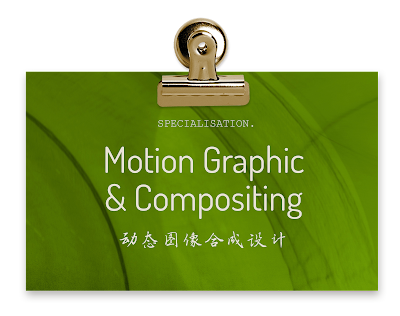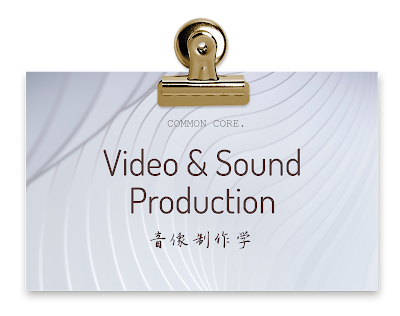14/04/20 - 21/07/20 (Week 1 - Week 15)
NG MEI YING (0340563)
Advanced Typography
Final Compilation & Reflection
INSTRUCTION
SUBMISSIONS
EXERCISES: Typographic Compositions
Typographic Systems
 |
| Fig 1.1 Axial System (Final Version) |
 |
| Fig 1.2 Bilateral System (Final Version) |
 |
| Fig 1.3 Grid System (Final Version) |
 |
| Fig 1.4 Module System (Final Version) |
 |
| Fig 1.5 Dilatational System (Final Version) |
 |
| Fig 1.6 Radial System (Final Version) |
 |
| Fig 1.7 Transition System (Final Version) |
 |
| Fig 1.8 Random System (Final Version) |
Fig 1.9 Typographic System Layout Design (PDF)
Type & Play (Part 1) - Finding Type
 |
| Fig 2.0 The Original JPG Image |
 |
| Fig 2.1 Dissection of the image to find the hidden potential font. |
 |
| Fig 2.2 The final font design with X-height |
Type & Play (Part 2) - Type & Image
 |
| Fig 3.1 Final Type & Play Design |
Fig 3.2 Final Type & Play Design (PDF)
PROJECT 1: Key Artwork Design
 |
| Fig 4.1 Final Key Artwork Design |
| Fig 4.2 Final Key Artwork Design (PDF) |
PROJECT 2: Collateral Design
FINAL PROJECT: Design Exploration & Application
Font Design Exploration
 |
| Fig 6.6 Final Font Design <# Font Name: Devaom Pro> |
Fig 6.7 Final Font Design <# Font Name: Devaom Pro> (PDF)
Font Design Application
REFLECTION
Experience:
Comparing with semester 1 Typography module, I would definitely say that the Advanced Typography module in semester 2 was full of challenges, difficulties and sleepless night with unstoppable typography dreams (not a nightmare technically). There were lesser lectures delivered as some of the lectures were prepared and presented by students itself which were quite interesting yet challenging. There were times that I found the lecture notes were hard to understand and digest when it came to deep academic terms. Unluckily, students were forced to have their class online due to the serious COVID-19 pandemic and the sudden change of learning approach had brought a great effect for the students that had become a second challenge for the module. I had spent quite a long time to get used to the e-learning environment and overcome the emotional insecurity. I did not prefer e-learning so much as there were many technical issues at the beginning of the class, the long learning duration staring on the blue-ray screen would lead to the eyestrain. Things to be appreciated was Mr Vinod and Mr Shamsul was able to handle the online class better and better. Asides from the disadvantages of the online course, there were numerous advantages could be spotted as well. (The way of Mr Vinod delivering a speech was indeed highly academic, and I always felt like I was in a PhD class... a very high-class sense of estrangement; it may be good circumstances to show that our lecturer had high artistic attainment which could lead the young designers towards a greater path of design)
Observation:
I would say that thanks to the recorded lecture note and consultation that allowed students to review anytime, unlike the past semester as we had to listen and take note carefully and swiftly that would led to higher chances of misunderstanding. Besides, students could share their work progress efficiently in the screen which allowed the other students to learn from each other effectively by avoiding the same error appearing in their work! Comparing with the past semester, I noticed that many of my classmates had a great improvement in the design composition and design aesthetics as well as the interesting application idea (Although the design ideas were not surprising for Mr Vinod and Mr Shamsul but their improvements were worth to be embracing). Students started to observe the design needs critically rather than just designing something visually appealing but lack of actual solution. Aside from that, sometimes we would tend to be easily affected by the design we saw it from the internet which in turn would come out with similar design without breaking out of the existing designs or it might lead to a plagiarism issue as well. On the good side, students gradually had a better ability to find out their design idea more independently without relying on much or affected by their peers' design idea (this situation happened a lot when it came to the on-site learning, most of the students would tend to over-reference other students design ideas of solution which would result in a similar design outcome without much surprising variation).
Findings:
I found that I had the hardest time dealing with project 1 and project 2. Recalling my memories, I remembered that I spent a lot of time designing the poster for the key artwork of project 1 and I was thinking to finish it early so I could have more time to deal with other projects. However, I was totally lost as when I found that I had come out with the wrong design because of my misunderstood towards the project instructions. The outcome of the project 2 design was not that satisfying as they seemed to be a chain of "wrong designs" followed after the key artwork. I was quite frustrated and lacked of confidence when dealing with the numerous rejections from Mr Vinod at the beginning. Sooner, I was able to reframe my mind and accept all of the negation and challenges calmly and effectively through the lesson taught during semester one's Life Skill module: "students must learn how to fail." I was slowly able to observe the design problems effectively and come out with the design solutions even more independently and critically without relying much upon lectures' feedback comparing with the past semester. Although I seemed to be "fail" on project 1 and 2; but I was glad that I was able to step out from my comfort zone to challenge something that I always afraid of for my final projects. Thank you for my dear lecturers who always had a great confidant and toleration on me. I might not be the great young designer but I will always remind myself to be the one who always willing to explore. Lastly, it may be the last semester to have the same learning class together with my dear learning partners, but the virtual learning experience and the memories accumulated from the first day we met each other would become the lovely footprints in my life. Never forget to be kind and sincere always no matter how harsh is the society. Cheers 🌻









































Comments
Post a Comment